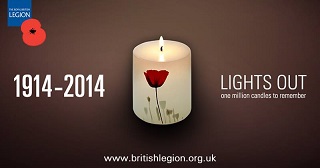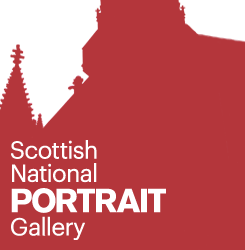 Why do we remember the poets and not the composers of WW1? The poets of WW1 – Sassoon, Owen, Blunden – have acquired an almost celebrity status. Books about the war such as All Quiet on the Western Front and A Farewell to Arms have become bestsellers. But the work of composers who fought in the trenches has largely been forgotten.
Why do we remember the poets and not the composers of WW1? The poets of WW1 – Sassoon, Owen, Blunden – have acquired an almost celebrity status. Books about the war such as All Quiet on the Western Front and A Farewell to Arms have become bestsellers. But the work of composers who fought in the trenches has largely been forgotten.
Before the war, music halls were a popular form of entertainment but there was also a thriving classical musical scene. Gramophones were expensive and the radio had yet to be invented, so to listen to music the public had to attend concerts. And they had a rich variety to choose from.
Explore some of the classical sounds from World War One with this brilliant resource from the BBC –http://bit.ly/WW1classical
A more detailed examination of war composers can be found here – http://www.warcomposers.co.uk/
BBC Radio 3 offer lots of sound clips revealing the different tastes in classical music ‘on the brink’ of war in 1914. Music is featured from London, Vienna, Berlin and St Petersburg – http://bit.ly/music1914
 The Choir presenter Gareth Malone examines why ‘Pack Up Your Troubles’ became the viral hit of World War One. http://bit.ly/packupyourtroubles
The Choir presenter Gareth Malone examines why ‘Pack Up Your Troubles’ became the viral hit of World War One. http://bit.ly/packupyourtroubles
Almost 100 years after it was written, the tune and lyrics remain with us long after the guns of World War One have fallen silent. A firm favourite in its day with troops on the Western Front as well as their families back at home, its popularity didn’t stop there. ‘Pack Up Your Troubles’ went on to enjoy success in Hollywood films, Broadway musicals and even made an appearance in the UK top ten chart as recently as 2010.
It’s been translated into Dutch, German and Spanish, becoming a truly global hit. But in the midst of a world war, what was it about this song in particular that made it such a huge success?
On Firstworldwar.com there is an excellent archive of popular music and other sound recordings spanning the years of the war. http://bit.ly/WW1music
 Recently, contemporary music groups from both the UK and Germany have been commissioned to write soundtracks for World War One exhibitions and commemorations.
Recently, contemporary music groups from both the UK and Germany have been commissioned to write soundtracks for World War One exhibitions and commemorations.
In late 2011 tindersticks were commissioned by the In Flanders Fields World War One museum in Ypres, Belgium to provide the soundscape for the new permanent exhibition being planned to commemorate the centenary of the Great War and beyond.
Ypres was the epicenter of the Western Front in The Great War and was virtually destroyed by the conflict. It has since been rebuilt to its original plans, finished only relatively recently. The museum is housed in the rebuilt cloth hall that stands in the centre of the town and was once the hub of the towns industry.
Hundreds of thousands died in Ypres and the surrounding area. Allied cemeteries and graves are everywhere. It is overwhelming. The work is an evolving soundtrack to the visitors journey through the exhibition. The music in the museum loops seamlessly all day, everyday. It is music without a beginning , middle or end.
Listen to one of the haunting tracks from the album here – https://www.youtube.com/watch?v=3DWPbkm2TIE
 The famous Berlin avant-garde group, Einstürzende Neubauten, has composed a completely new piece of music to perform live at the commemoration of The Fall of Diksmuide.
The famous Berlin avant-garde group, Einstürzende Neubauten, has composed a completely new piece of music to perform live at the commemoration of The Fall of Diksmuide.
On 10 November 1914 the Belgian bridgehead of Diksmuide fell into German hands after a brief battle involving troop movements. During the subsequent few years Diksmuide continued to form part of the German line, and the town was reduced to rubble and bomb craters from persistent Belgian artillery fire and bombardments.
The members of Einstürzende Neubauten ‘literally’ deconstruct old objects, meanings, history and buildings and convert them into a new futuristic sound. You can see them perform the work in its entirety here – Lament by Einstürzende Neubauten.




